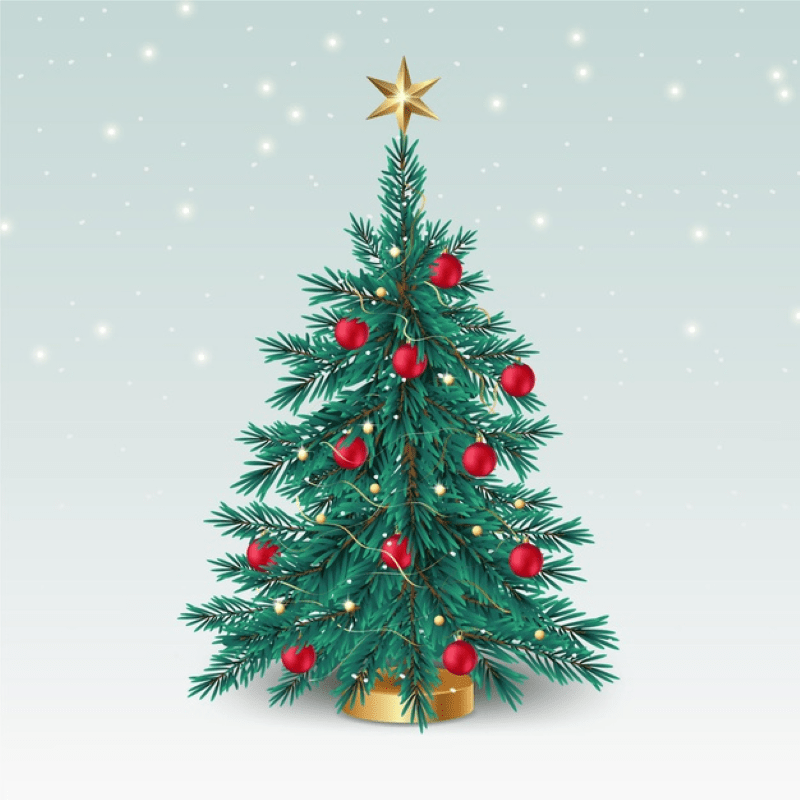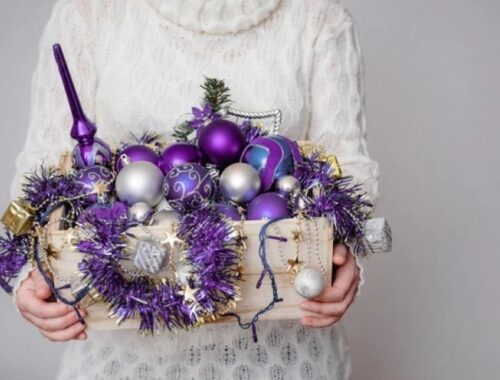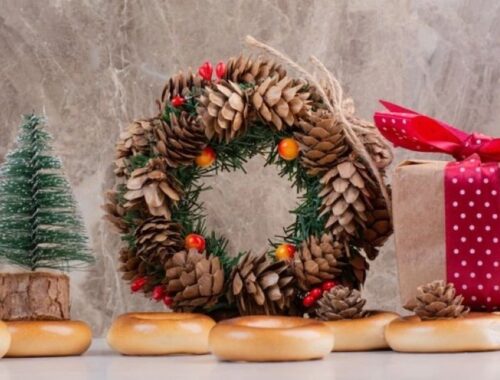
A Look at Iconic Christmas Eve Decorations and their Symbolism
As the holiday season approaches, the excitement builds up with the countdown to Christmas Eve. Everywhere you look, twinkling lights, trees, wreaths, and decorations adorn homes and streets, but have you ever wondered why we use specific Christmas Eve decorations? These decorations hold significant symbolism and tradition, to bring the spirit of Christmas to life. In this article, we will take a closer look at some of the most iconic Christmas Eve decorations and their symbolism.
Christmas Tree
The Christmas Tree is a staple and one of the most recognizable Christmas decorations globally, with its deepest roots traced back to Germany in the 16th century. Many believe that the tree represents eternal life since evergreens don’t lose their green leaves when other trees do during winter. It symbolizes the hope of Christ coming into the world to bring new life, much like the vegetation growing in spring.
Ornaments
Most Christmas trees are decorated with an array of ornaments, including ribbons, lights, and baubles, each with significant symbolism. For instance, baubles are round to represent the earth, and they represent the endless love that God has for mankind. Other ornaments, like tinsel or garlands, represent eternal life or reflect light’s idea of overcoming darkness.
Wreaths
Wreaths’ circular shape is symbolic of the eternal nature of God, having no beginning or end. It also signifies the everlasting life that Christians believe is given to them through Jesus Christ. Many wreaths incorporate pine branches, holly, and berries, which, along with their circular design, symbolize evergreens’ attributes, such as God’s enduring love and protection.
Mistletoe
Mistletoe is an evergreen plant with white berries that have a romantic significance during the festive season. A commonly held belief is that mistletoe is a symbol of love and friendship, with the custom of kissing under it beginning in 18th century England. The mistletoe’s inclusion to Christmas Eve decorations represents the season of love in which people celebrate their loved ones.
Candles
Candles have played an essential role in Christmas Eve throughout history, representing the light of Jesus Christ that came into the world to bring hope, joy, and peace. As darkness falls on Christmas Eve, candles are lit; it is a reminder of the light which overcomes the darkness in the same way the hope of Christ removes despair. It also represents a personal commitment to following the light of Christ.
Nativity Scenes
A Nativity Scene is an arrangement of figures representing the birth of Jesus Christ, and it is one of the most important decorations during Christmas Eve. The scenes usually depict the familiar figures of Joseph, Mary, and Baby Jesus in a stable, surrounded by animals, shepherds, and the Three Wise Men. It symbolizes the birth of Jesus in a manger, indicating that neither wealth nor power is necessary to be close to God, and it reminds us of the humble nature of Christ’s birth.
Conclusion
Christmas Eve decorations, including Christmas trees, wreaths, candles, nativity scenes, and mistletoe, are an essential part of the holiday season that holds rich symbolism and tradition, giving deeper meaning to celebrations. They remind us of the birth of Jesus and His message of love, hope, and peace, and they bring people together to share and exchange love and joy. Decorating for Christmas Eve is not just about beautifying our homes, but it is an act of faith, a way of communing together, and a chance to connect with the true meaning of Christmas.
You May Also Like

The King of Christmas Trees – The Majestic Fir
January 21, 2024
Making an Unforgettable Statement with a Uniquely Designed Artificial Christmas Tree
March 19, 2023

